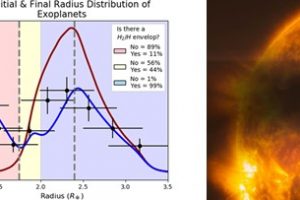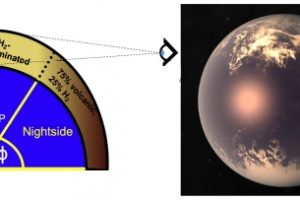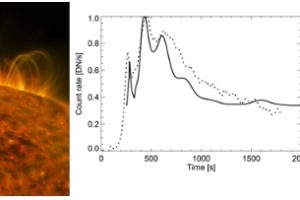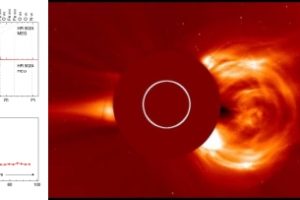La distribuzione bimodale dei raggi degli esopianeti noti dovuta alla radiazione UV ambientale

Ad oggi (23 Marzo 2020) sono stati confermati 4141 esopianeti in 3072 sistemi planetari, con 5075 candidati esopianeti che attendono conferma (fonte: https://exoplanets.nasa.gov/). Il numero di esopianeti identificati e confermati è grande abbastanza da permettere agli astronomi di studiare le proprietà globali, come la distribuzione di massa, parametri orbitali, dimensioni e composizione, degli esopianeti mettendole anche in relazione con le caratteristiche
» Read more








